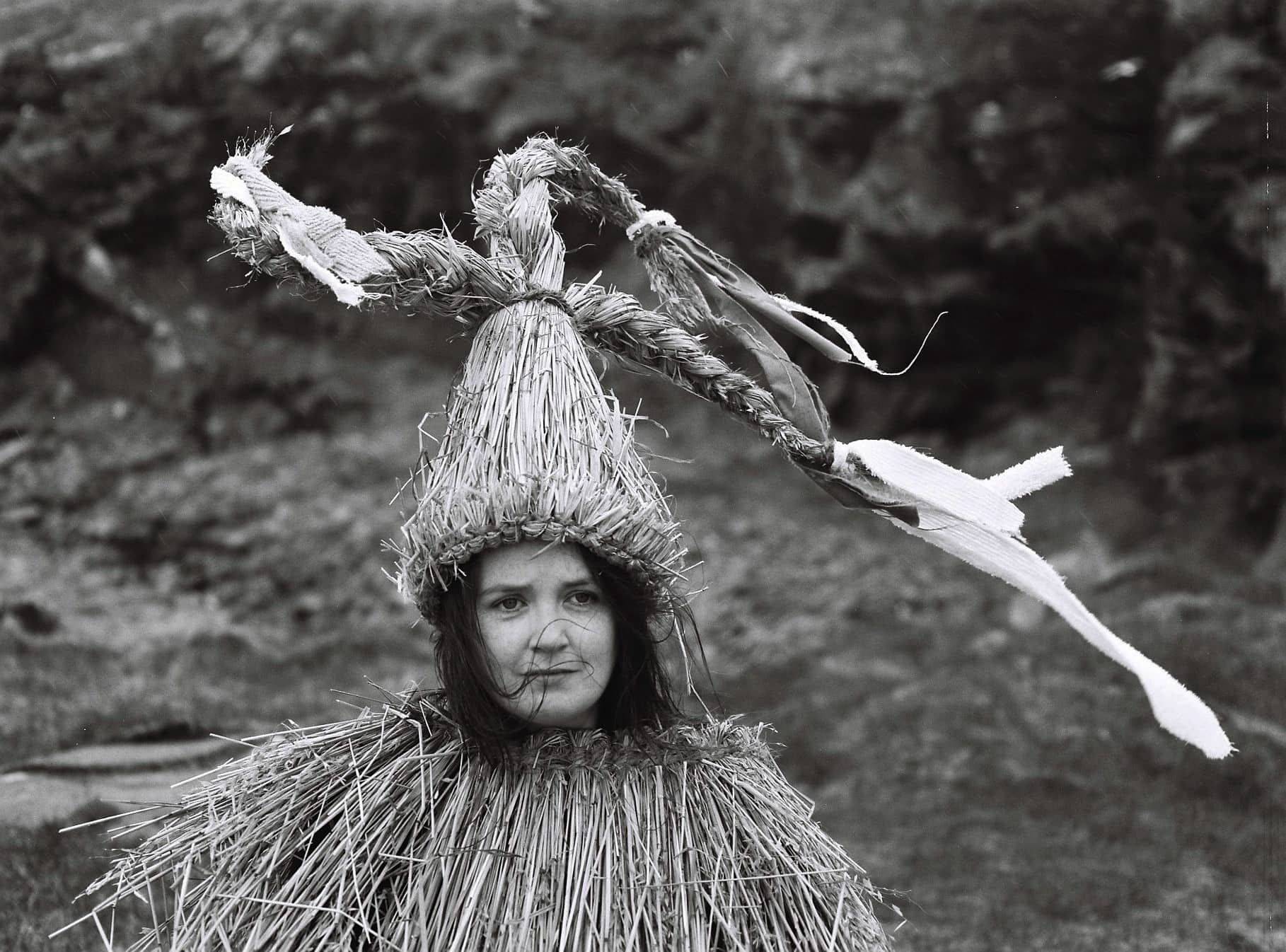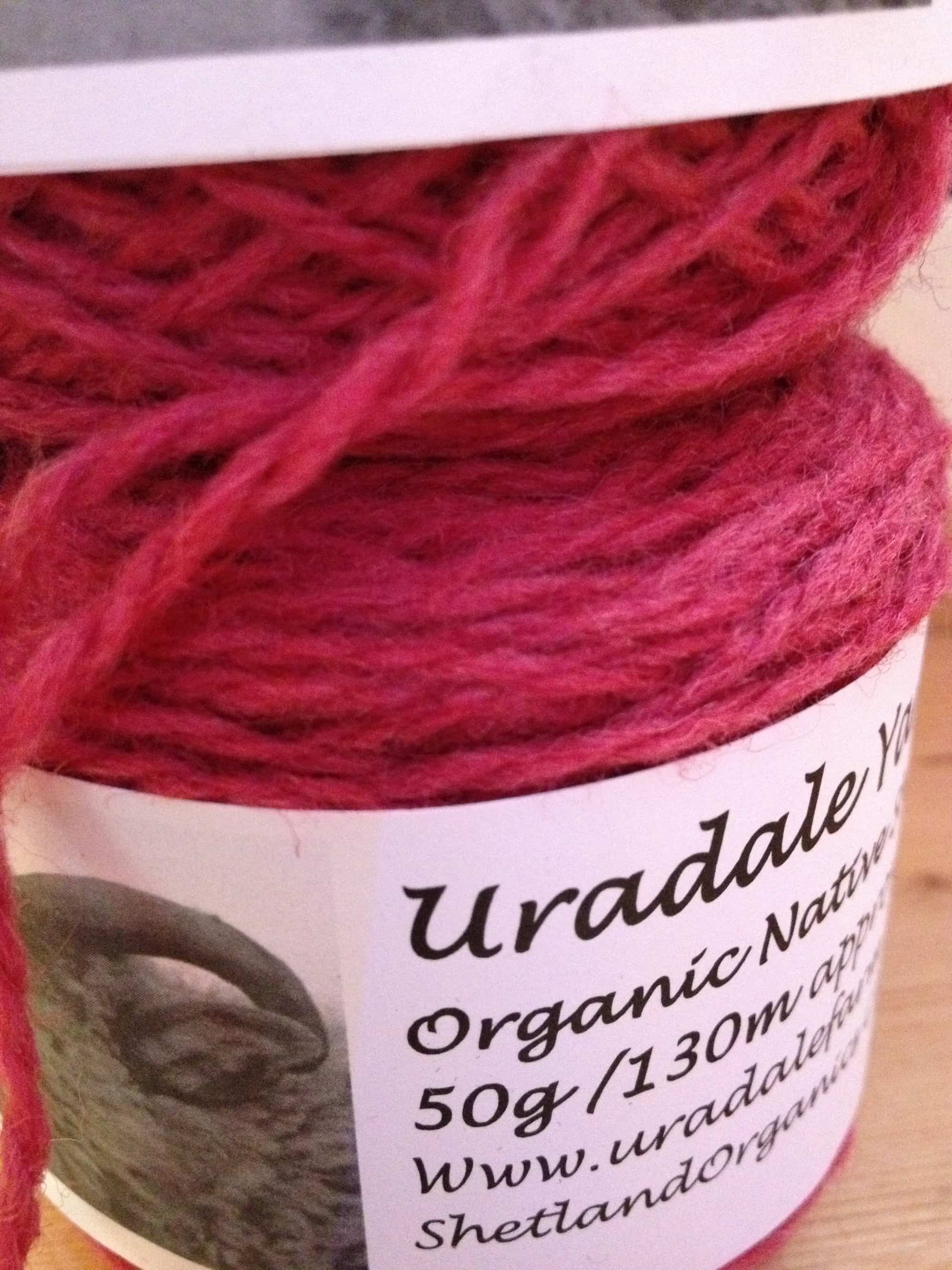
Not that my stash needs adding to at the moment (with 3 projects worth of wool currently taking up space in the bedroom cupboard!), but I can never resist a native wool!
A couple of weeks ago we were at the new Museum in Scalloway and we were just about to leave when I spotted a lovely kishie, full to the brim with beautiful cakes of yarn. The colours – broomy yellows – heathery purples = licheny greens…all reminiscent of the colours of the landscape.
On returning home I did a quick internet search and found the product not just local to Shetland, but it was wool from sheep that were in spitting distance. What more could you want!
Uradale Yarn are based in East Voe and their product is 100% local, native and organic – the triple whammy. Their certification means that the wool can be traced back to the sheep on the hill who grew it too. Amazing stuff!
The Uradale wool is spun at the mills in New Lanark and then dyed at Organic accreddited Paint Box Textiles. Sue, from Uradale Farm, was nice enough to drop round a shade card (What a service!) and I think you will agree that the colours are just lovely…
![IMG_0651[1]](http://knitbritish.net/wp-content/uploads/2012/07/img_06511.jpg?w=768)
…and all named after the plants their flock feed on.
I purchased a ball, just to swatch it up and get a feel for it.

This is what I would call a lovely “Sheepy” wool. Not as rough to touch as a lot of Shetland wools (This occurs a lot in the dyeing process, with the use of harsh chemicals), in fact, I felt there was still a bit of the natural oil in there (which I prefer), but it could be the organic dyeing process.
The stitch definition is really good and it was a really compliant wool to work with.
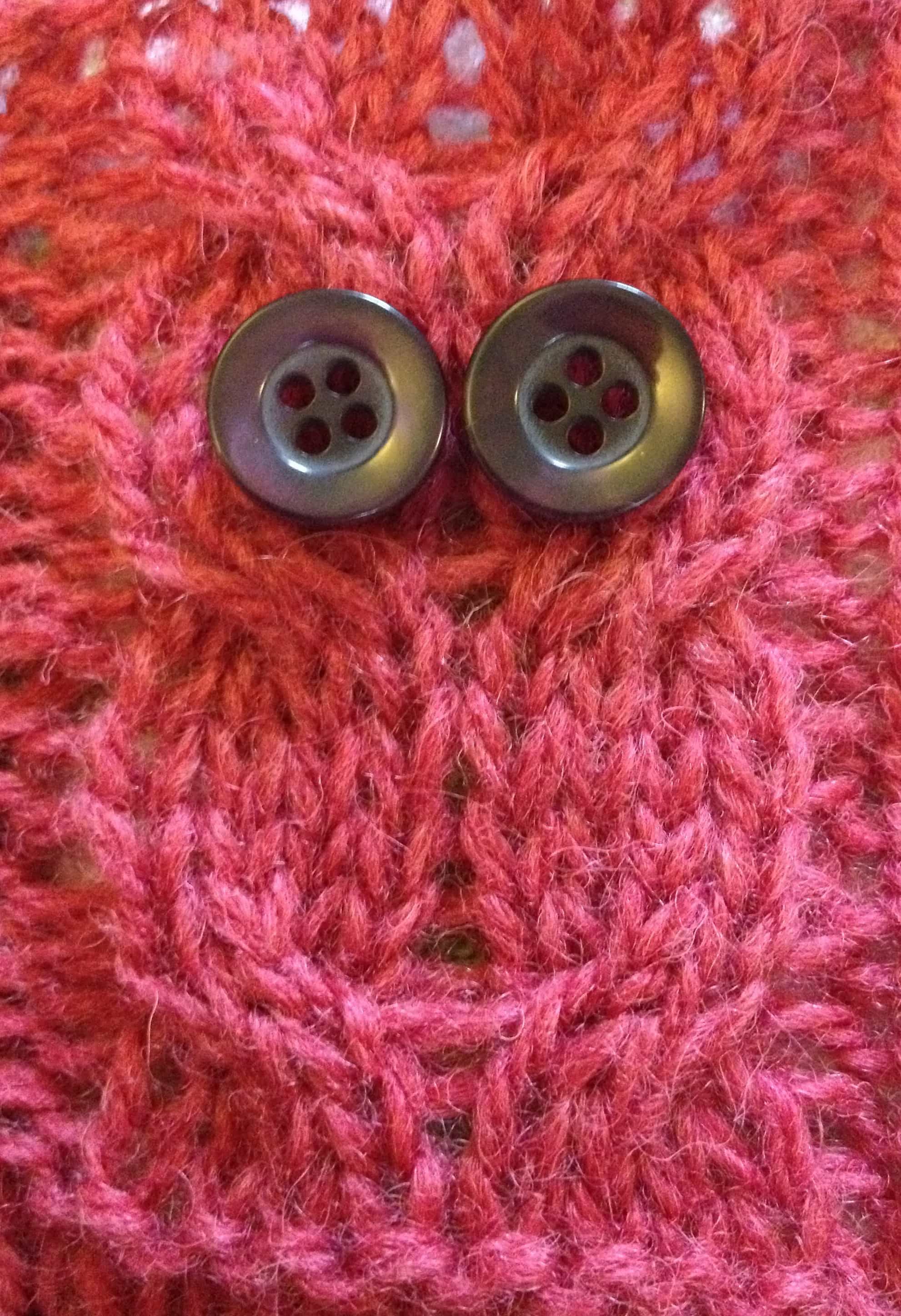
In washing and blocking, there was a little dye which escaped into the water, but nothing which detracted from the overall colour (this is the Self-Heal colourway). I used Eucalan wool wash and I would give it two soaks, just to get that lovely softness and bloom it deserves.
I was using the DK weight (130m) and thought I might try a little woolly jacket for a baby friend, which just flew off the pins and the finished item is soft and lovely!
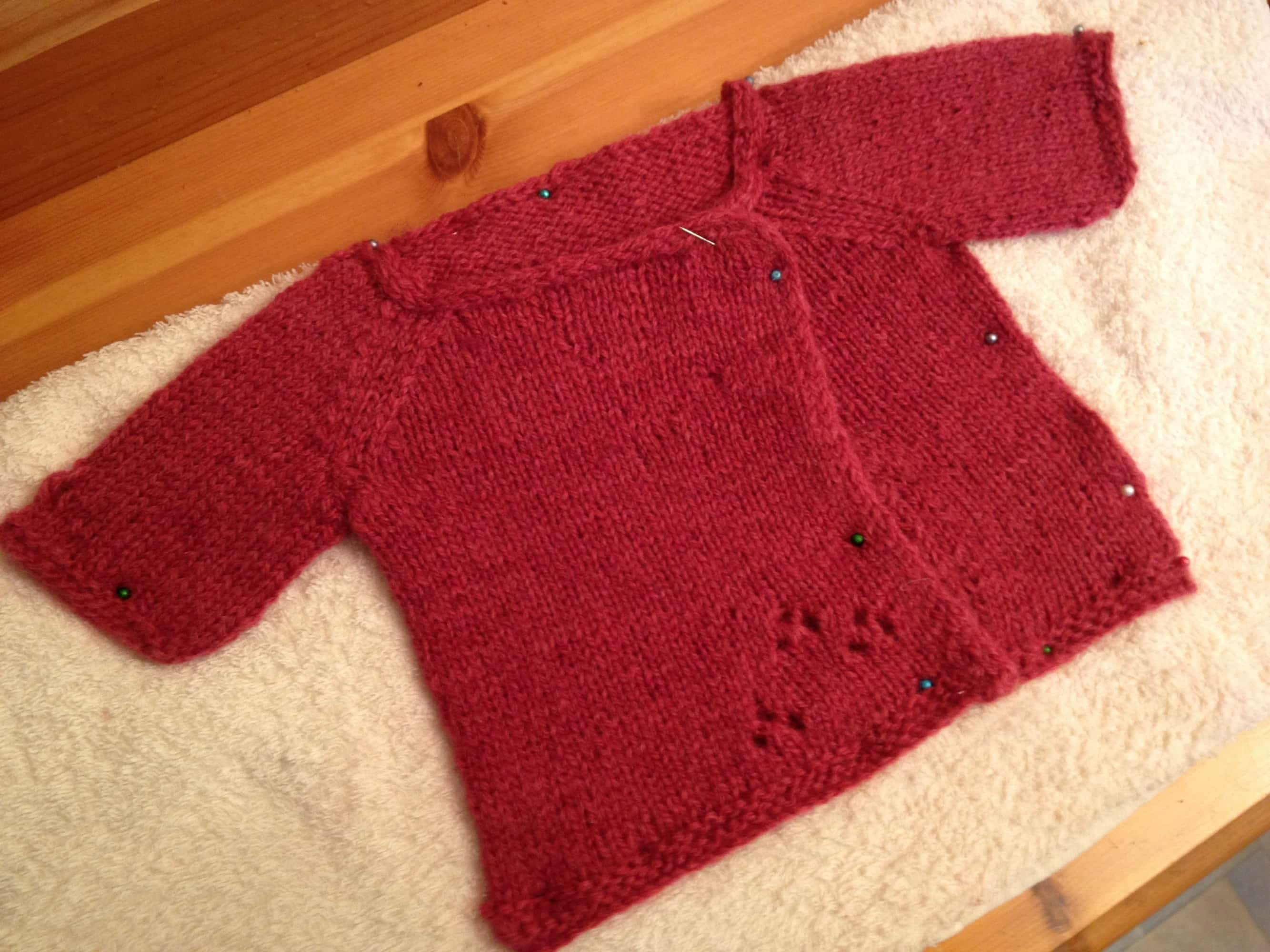
I cannot wait to purchase more Uradale Organic Yarn for my next project (after the 3 queued!) and will be keen to try the yarns in the Aran and Chunky weights, as well as some of those other delicious colours!
If you are interested in the wool and Uradale Farm, please do seek them out at http://uradalefarm.blogspot.co.uk
….and in other news….
The Humble Cardigan
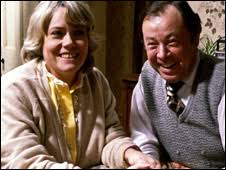
It’s had a bad wrap (pardon the pun) over the years, with Soap Opera matriarchs standing on street corners, bemoaning life and pulling their badly shaped, acrylic, beige cardi’s around them.
But I have a huge love of the cardigan, I think it is a very under-rated piece of clothing, which goes from slobbing out comfort to high fashion.
Having been a knitter and trying to hone my skills for a few years now I have always shied away from big projects, but this year I thought that if I wanted to master my skills I really need to move on up from accessories. So I proclaimed that this year will be….(insert fanfare)…. THE GREAT CARDI KNIT OF 2012!
I have spent a long time salivating over the cardigan designs of Gudrun Johnston, Kate Davies and Ysolda Teague and decided that if I could knit one pattern from each designer this year I would be very happy.
So far I have knit two Ysolda and on my second Shetland Trader one! – with 2 Kate Davies cardigans in my queue! (colourwork AND steeking involved!)
I’ll not say it has been easy…. you wouldn’t have thought something as simple as a button-hole would cause tears, but it did….I think I need a blood transfusion from all the blocking injuries I have sustained…and I think I have inhaled half an alpaca…. but I have to say I am really enjoying tackling larger projects. It feels good to be adding to my skills!
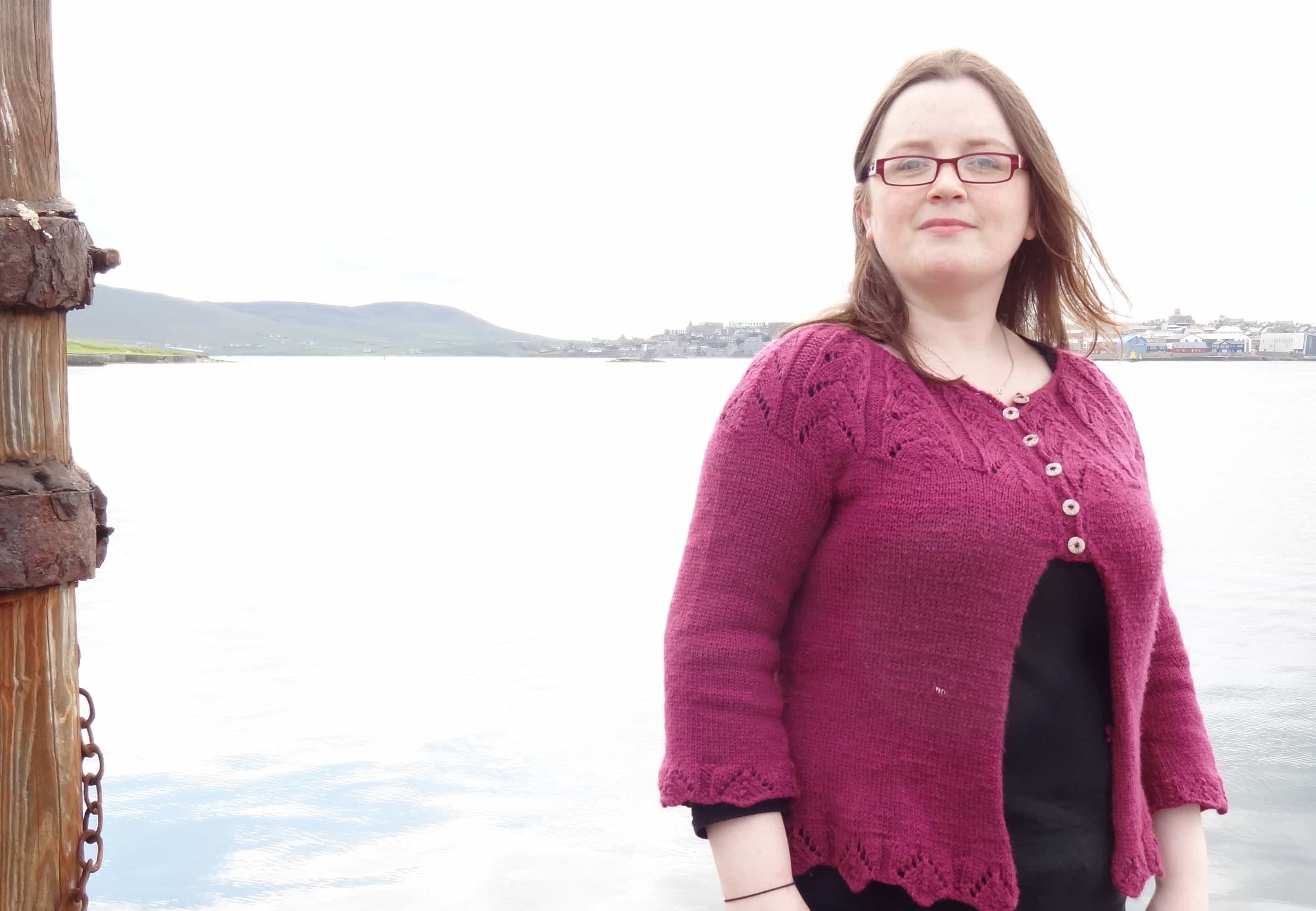
Moch Cardi by Gudrun Johnston
DO NOT use Drops Karisma Superwash, It pills after ONE use. Very upsetting, but a lesson to always follow the designers tips on wool!
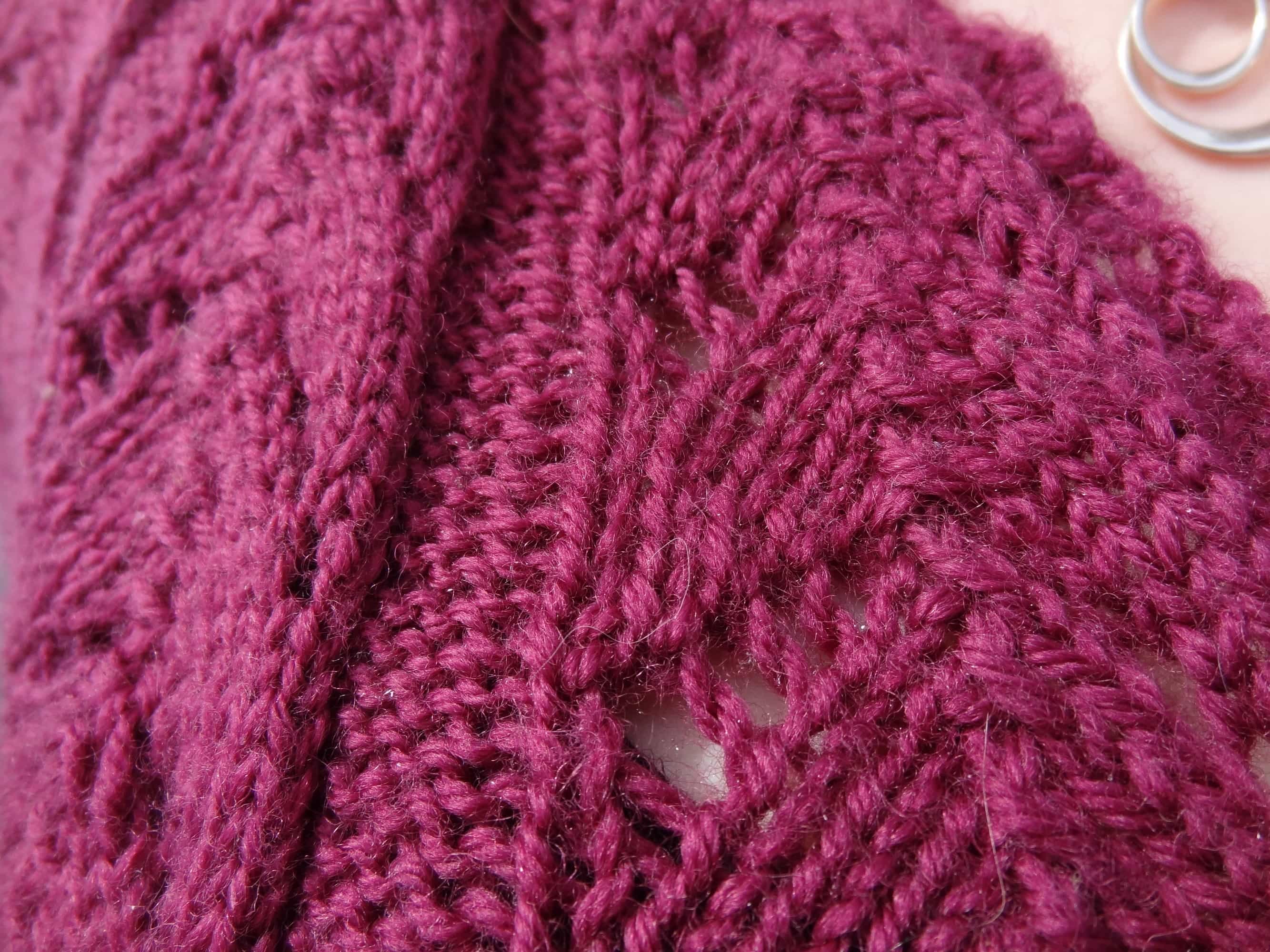
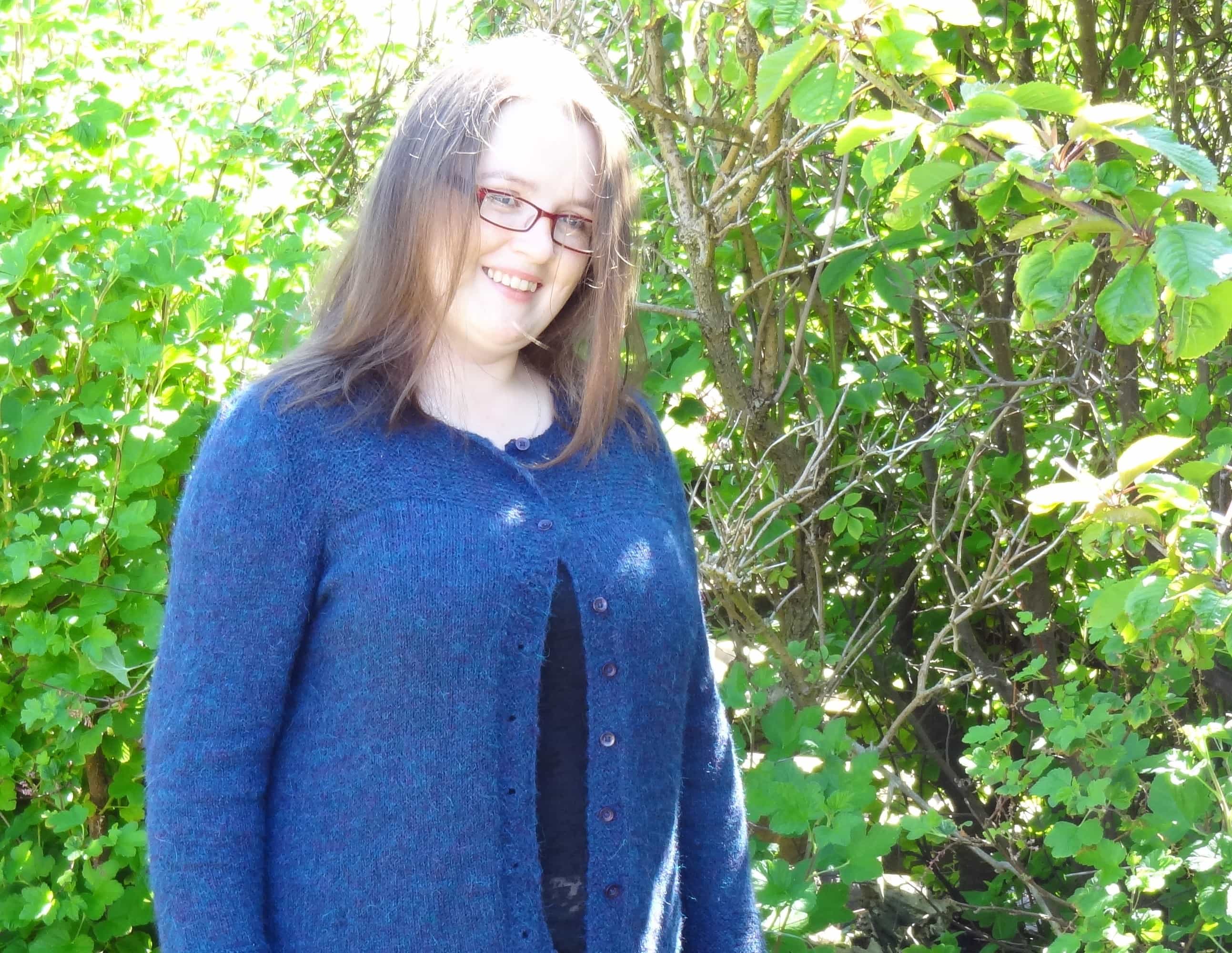
This is Cria, designed by Ysolda Teague Made with Drops Alpaca…the one with the troublesome, tearful buttonholes
I have just finished another Cria for my pal Mavra, who is a tour guide at Rosslyn chapel. Don’t you think the buttons are very fitting?
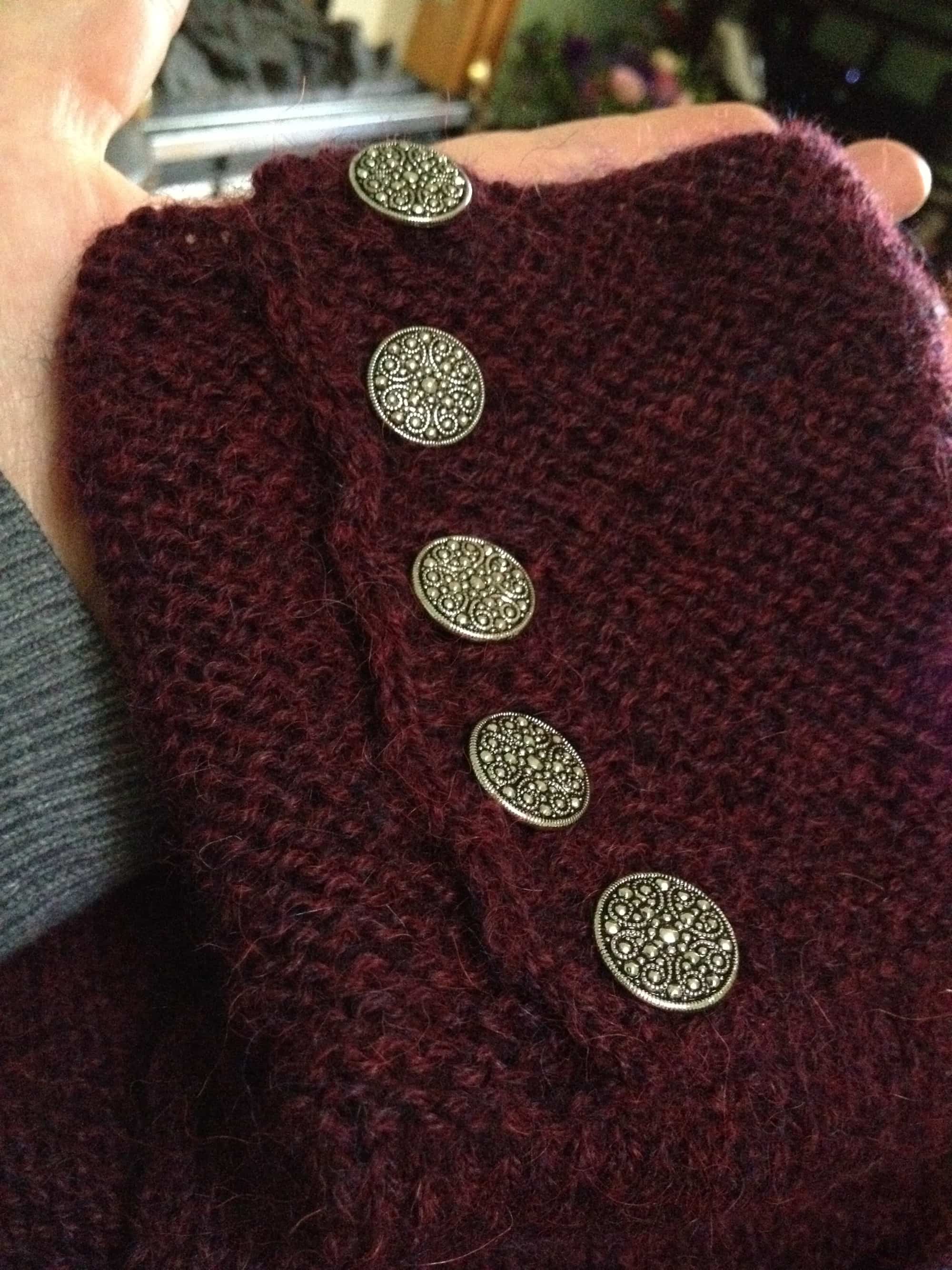
And it’s not just the Great Cardi Knit for Morrolesssocks! Oh no! I have also managed two wee person sized ones too…so I am off and running! I don’t think I’ll manage one for every month of the year, but I’ll give it a damn good go and I can only hope that I will straighten out my buttonholes (and tension and other wee problems) along the way
I even managed a little poncho for Jeremy!
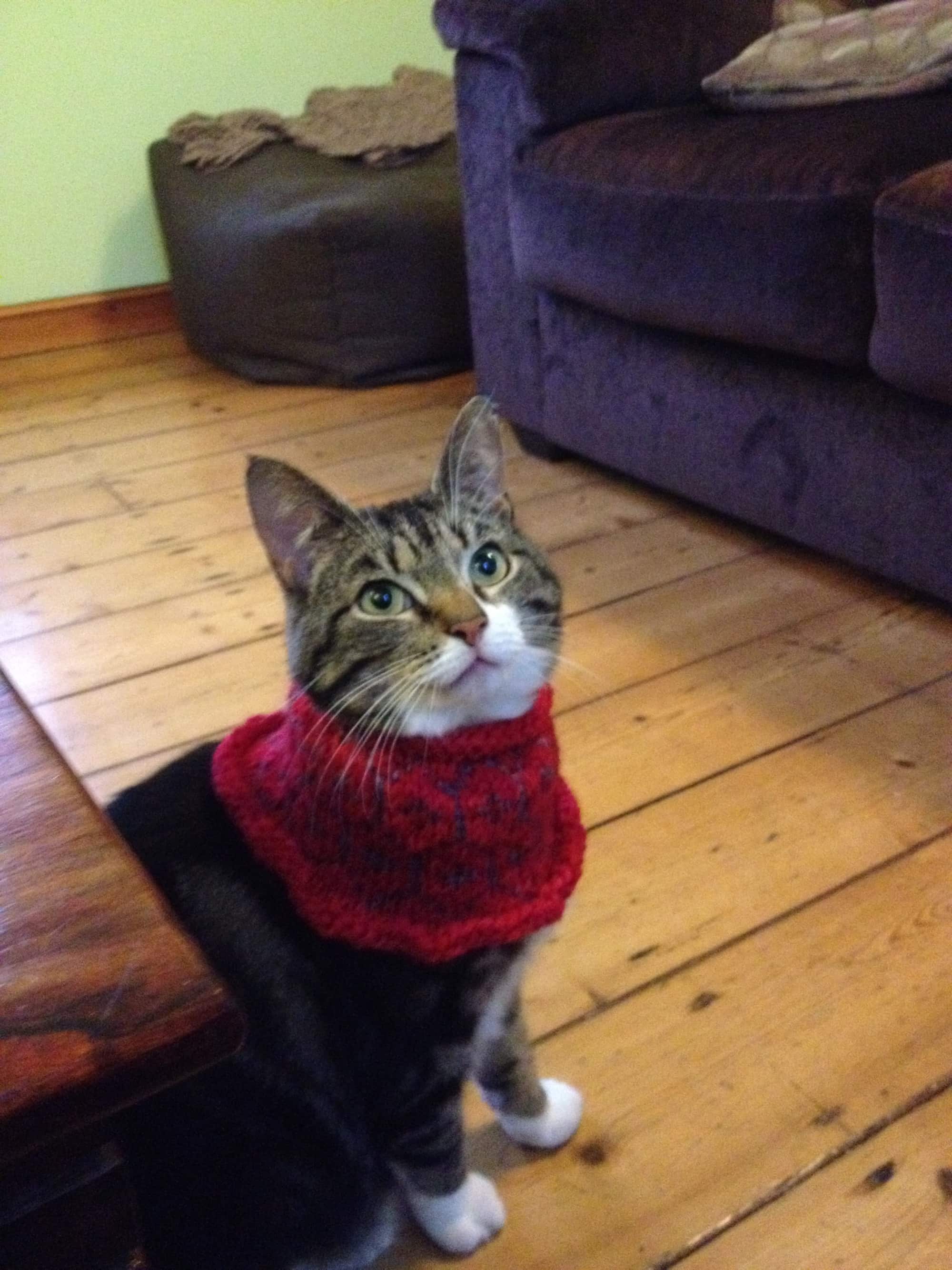
Check out the Threads!
(this was actually a pre-steeked practice…such regality though…Queen Jeremy)
So, off I go to unto the knitting breach once more, what new techniques shall I seek out with the next project?
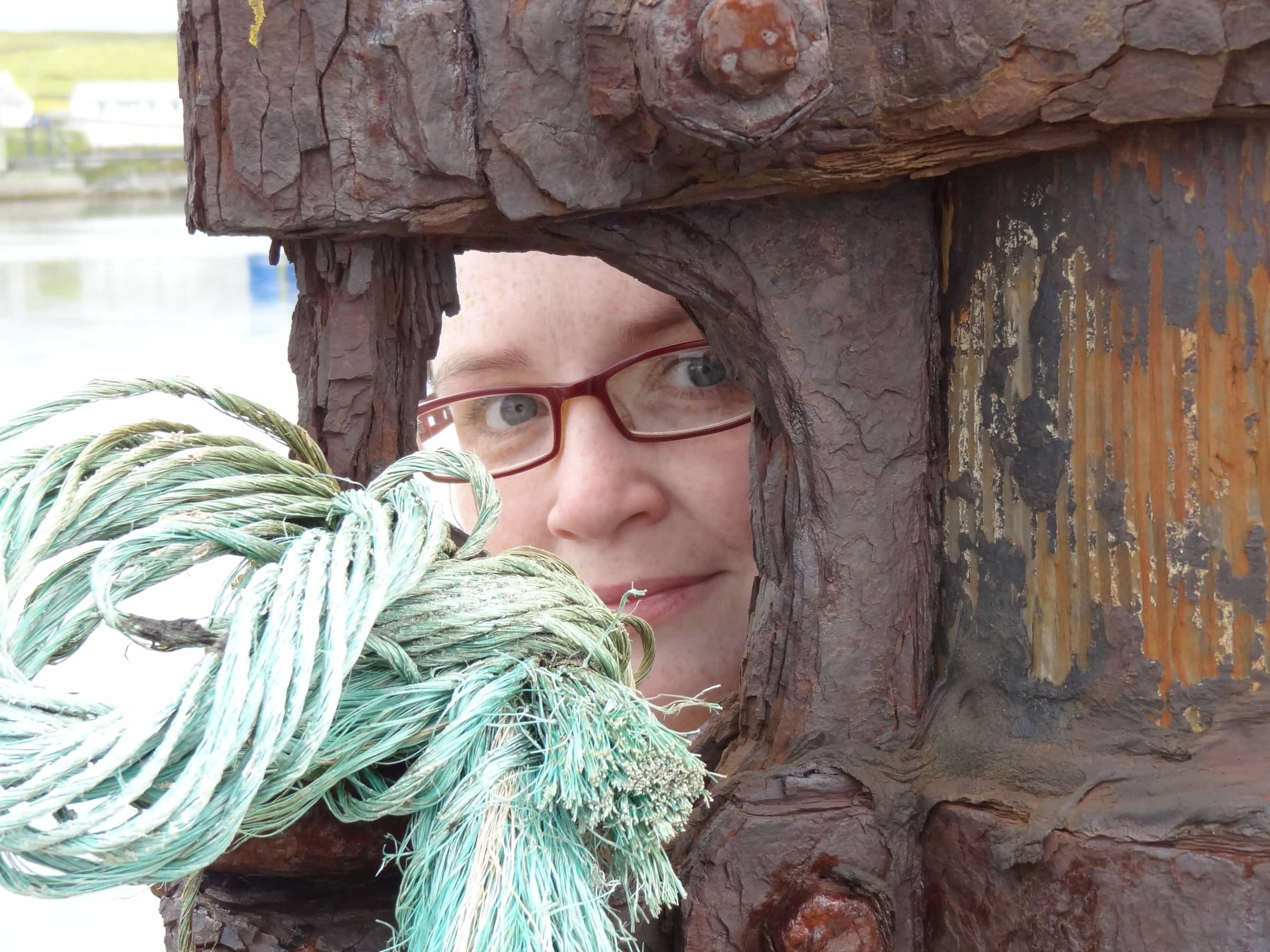
…I will be sure to report back!
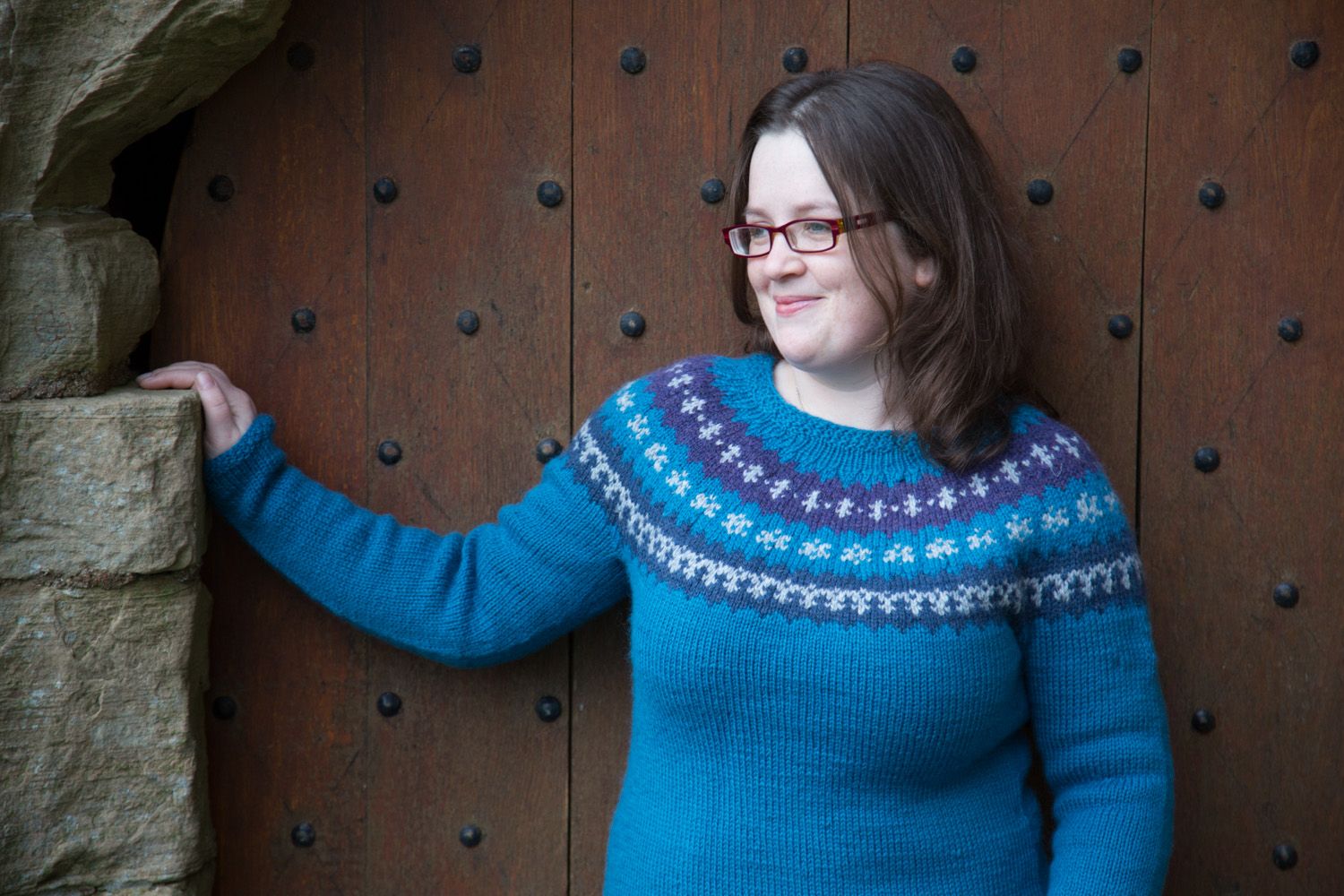

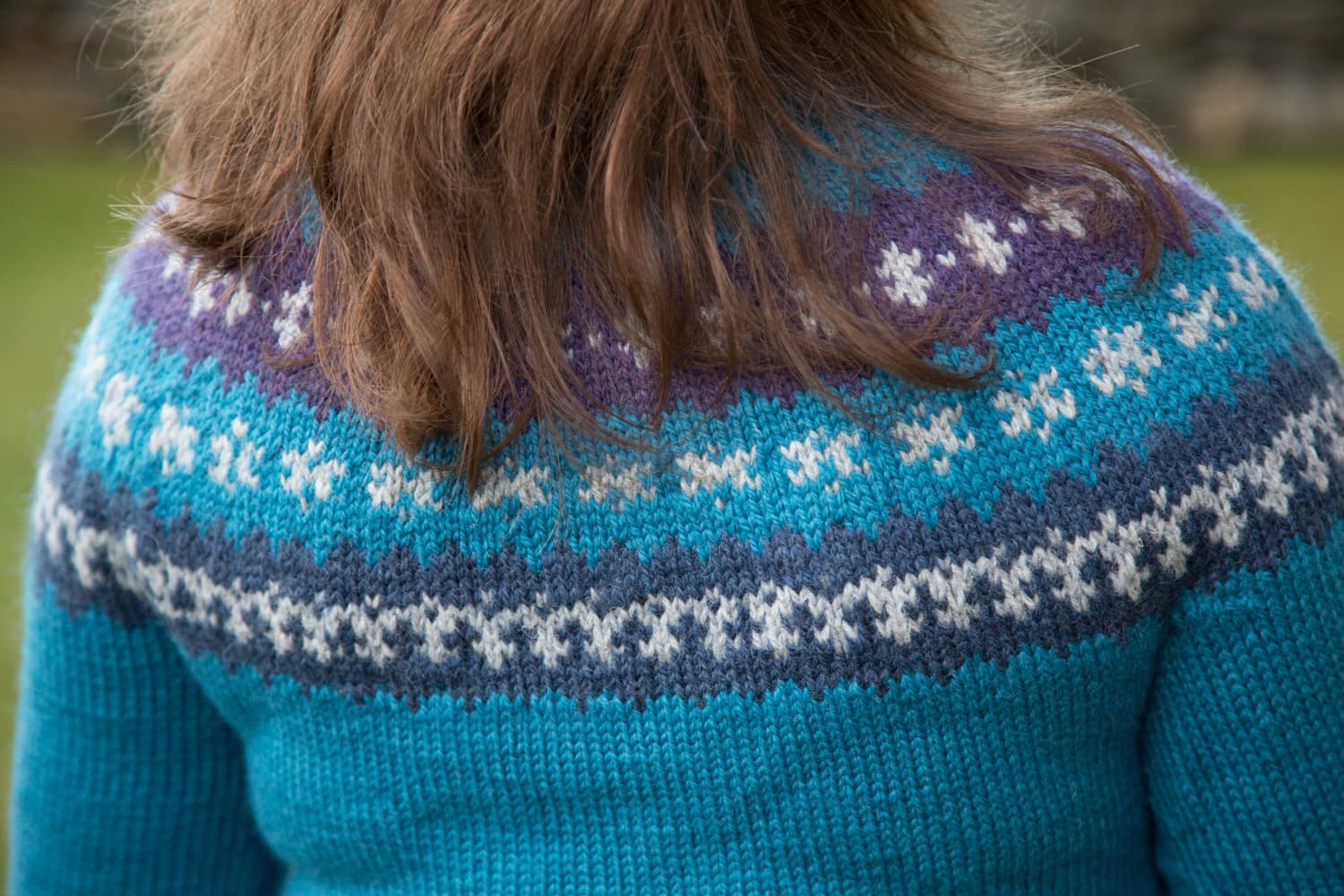
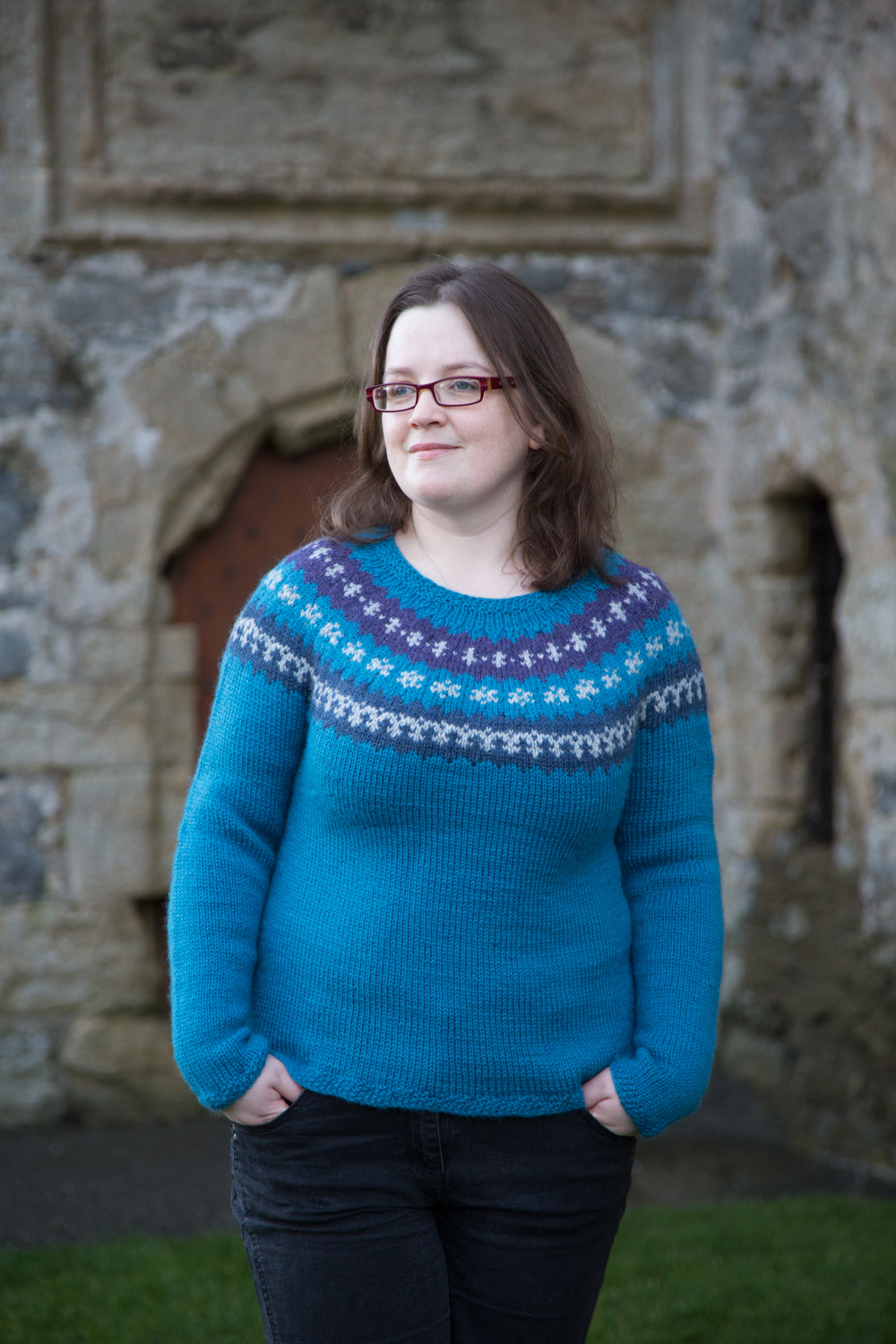
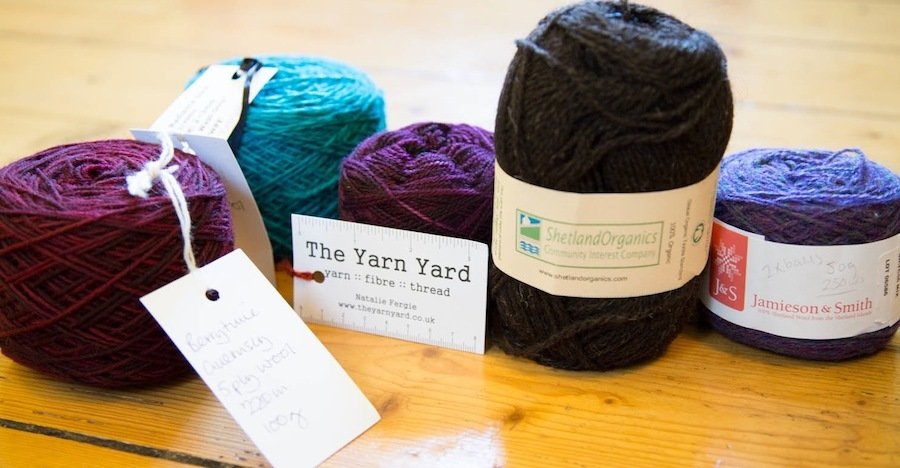

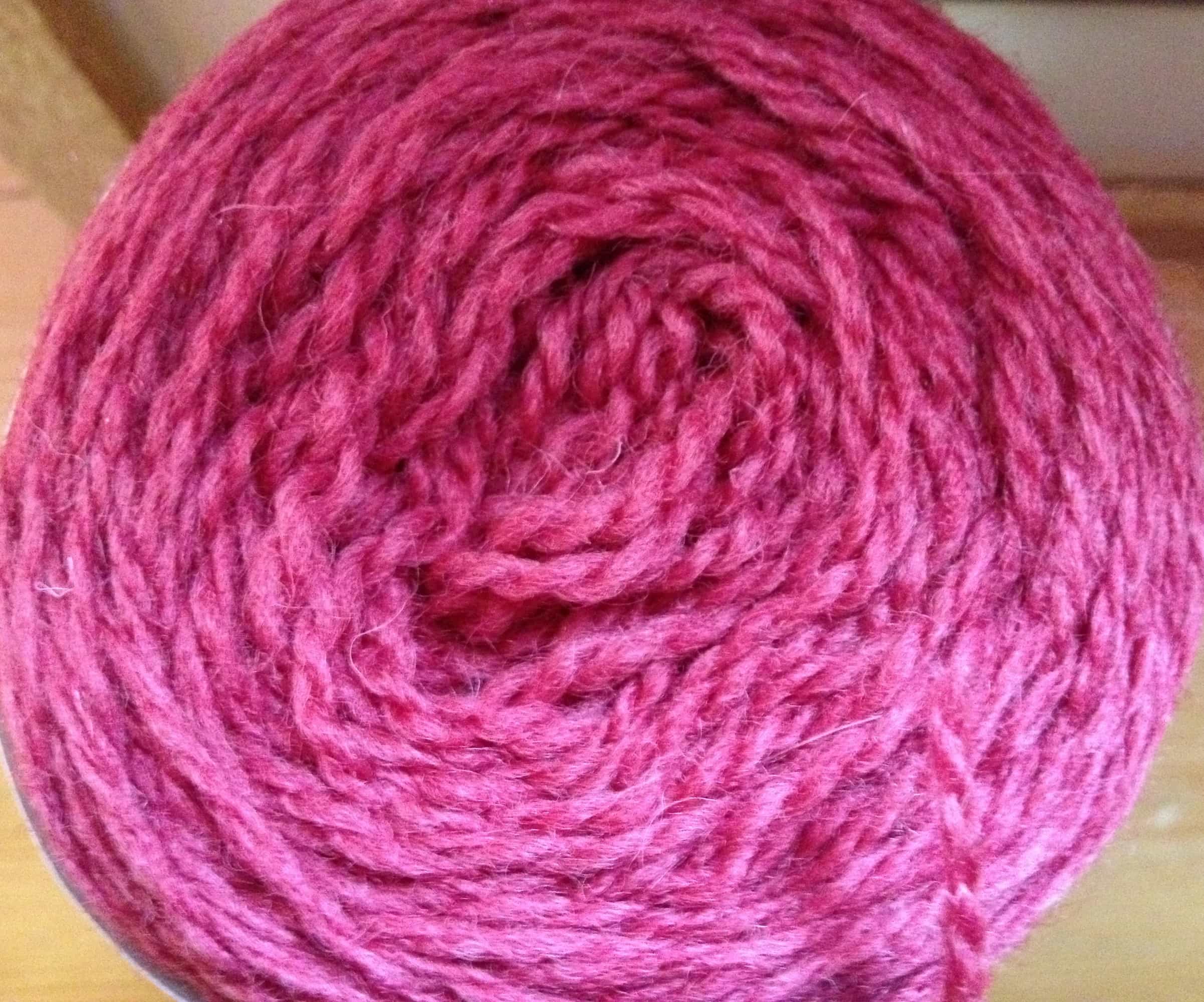

![IMG_0651[1]](http://knitbritish.net/wp-content/uploads/2012/07/img_06511.jpg?w=768)









